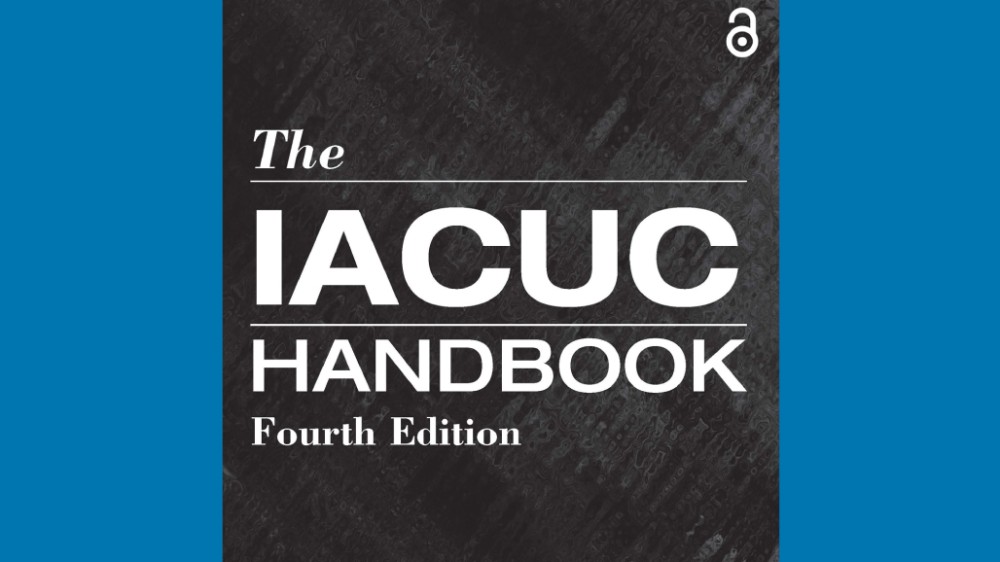Considering research reproducibility in harm-benefit analysis

NC3Rs staff have co-authored a new chapter in the IACUC Handbook to support ethical review bodies in assessing the reliability of animal research.
One of the roles of ethical review bodies in research institutions is to conduct a harm-benefit analysis when assessing animal research protocols. They weigh the potential benefits from a proposed experiment, such as new scientific knowledge or advancements in human or veterinary medicine, against the harms to the animals in the proposed research, including transport, housing and the procedures that would be involved.
Research reliability is an important part of this harm-benefit analysis, to ensure animals are not wasted in experiments that do not produce meaningful data or are needlessly repeated. Poorly designed experiments can lead to unreliable results and poor reporting makes it difficult for others to scrutinise, evaluate and reproduce the work. However, many ethical review bodies feel they do not have the expertise to robustly assess experimental design and reproducibility*.
Institutional Animal Care and Use Committees (IACUCs) in the United States follow guidance from the IACUC Handbook, which is also used as a reference for other ethical review bodies around the world. We have contributed to a new chapter in the fourth edition of the Handbook, ‘Research Reproducibility and the Role of the IACUC’, which covers key considerations when reviewing experimental design in proposed animal experiments. Authors of the new chapter include Drs Nathalie Percie du Sert (Director of Research Practice) and Esther Pearl (Programme Manager – Experimental Design).
The chapter includes:
- Reasons for ethical review bodies to assess reproducibility.
- Key ways to reduce bias and improve reproducibility of research.
- Reviewing the use of randomisation and masking in protocols.
- Assessing if outcome measures are properly defined.
- Assessing if appropriate control groups are included.
- Assessing if protocols are sex-inclusive and appropriate justification for using only one sex.
- The role animal facility personnel can play.
- How ethical review bodies can support researchers after protocol review.
- Resources to support researchers in planning experiments and including bias-reducing strategies.
*According to a survey of Institutional Animal Care and Use Committee (IACUC) members in the US, published in the new edition of the IACUC Handbook, 38% of institutions provide no training in scientific rigor and reproducibility and 81% of IACUCs do not include a statistician. In the UK, Animal Welfare and Ethical Review Bodies (AWERBs) reported a shortage of biostatistical and experimental design expertise, when asked how the system of checks and approvals for animal research could better promote the uptake of 3Rs approaches in the Rawle report.
Explore resources to support members of ethical review bodies in our 3Rs resource library.

